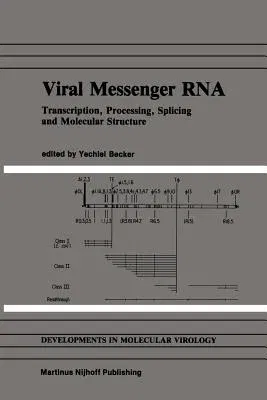Viral Messenger RNA: Transcription, Processing, Splicing and Molecular Structure (Softcover Reprint of the Original 1st 1985)Paperback - Softcover Reprint of the Original 1st 1985, 1 October 2011

Qty
1
Turbo
Ships in 2 - 3 days
In Stock
Free Delivery
Cash on Delivery
15 Days
Free Returns
Secure Checkout
Part of Series
Developments in Molecular Virology
Print Length
384 pages
Language
English
Publisher
Springer
Date Published
1 Oct 2011
ISBN-10
1461296218
ISBN-13
9781461296218
Description
Product Details
Book Edition:
Softcover Reprint of the Original 1st 1985
Book Format:
Paperback
Country of Origin:
NL
Date Published:
1 October 2011
Dimensions:
23.39 x
15.6 x
2.11 cm
ISBN-10:
1461296218
ISBN-13:
9781461296218
Language:
English
Location:
New York, NY
Pages:
384
Publisher:
Weight:
562.45 gm

